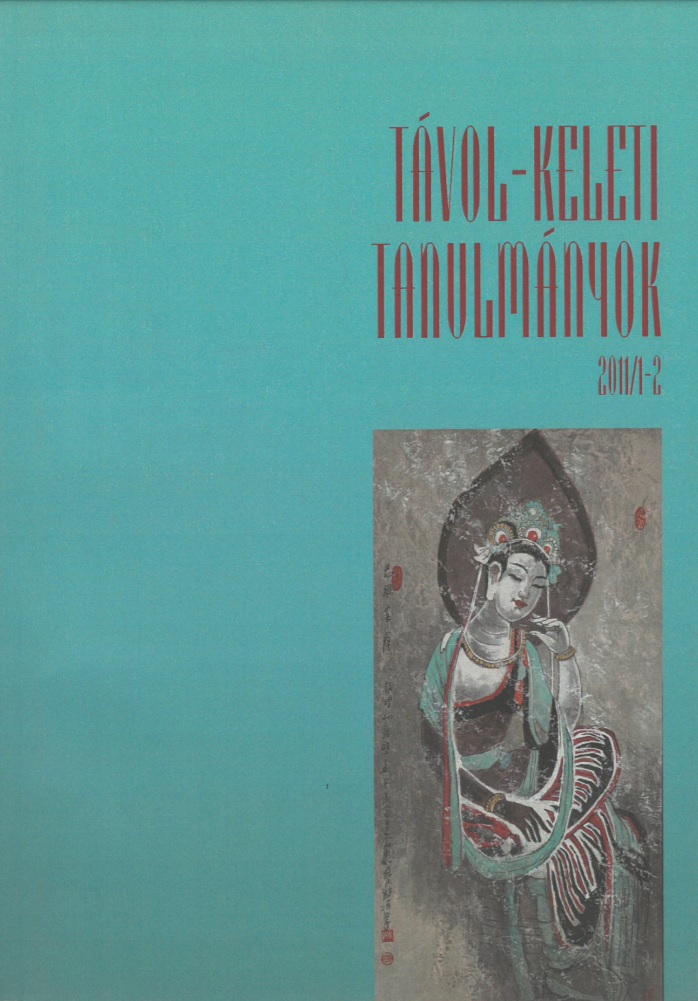Published 2013-09-03
How to Cite
Copyright (c) 2013 the author(s)

This work is licensed under a Creative Commons Attribution-NonCommercial 4.0 International License.
Abstract
Throughout the history of Tibetan and Chinese Buddhism numerous manuscripts were written in both Chinese and Tibetan languages, indicating important links between the religious practices of these two empires. A large number of manuscripts representing the core of Buddhist literature were originally received in Chinese by Tibetan monks. It was essential to translate holy texts and scholastic discourses to make them available for the Tibetan clergy, besides their efforts in building monasteries and proselytizing the country. Communities were established to translate manuscripts in the centres of Buddhism, Among the Tibetan, Chinese and Indian monks some were bilingual, the most prominent among them being Wu Facheng 吳法成 (‘Gos Chos-grub in Tibetan). Facheng played an essential role by his translation of both Chinese and Tibetan manuscripts. He was active during the period of the Tibetan occupation of Dunhuang (AD 781-848) and his work indicates important ties between these two cultures. A large number of Tibetan and Chinese manuscripts translated by Facheng still exist. I researched the colophons of the manuscripts transliterated by Facheng and the segments of other works connected with his translations. Moreover, I made a thorough examination of a more complete work, entitled Xian Yu Jing 賢愚經 (The Sutra of the Wise and Foolish). I examined both Chinese and Tibetan manuscripts – each considered to be the original, or resembling the original manuscripts that Facheng dealt with – in order to study his methodology of transliteration.
